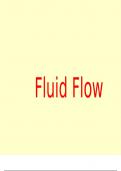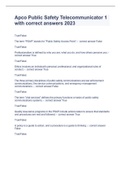Samenvatting
Samenvatting BIAZ Proactive Nursing Hoofdstuk 10 Bloedwaarden Circulatie Respiratie
- Vak
- Instelling
- Boek
BIAZ Proactive Nursing Hoofdstuk 10 Bloedwaarden Circulatie Respiratie Proactive Nursing Zorgthema 10 Bloedwaarden BIAZ 1 Bloedwaarden 3 Definitie en functie: 3 Verbanden 3 Klinische aandachtspunten, belangrijk op te weten 3 1. Zuur-base-evenwicht 3 Zuurproductie 4 Acidose PH <7,35 4 Alkalose PH...
[Meer zien]













